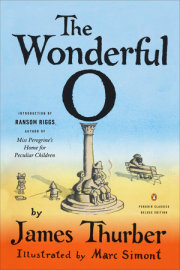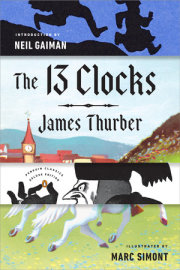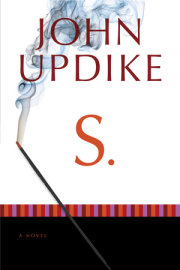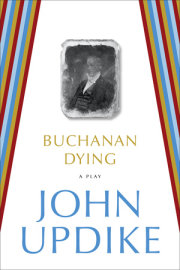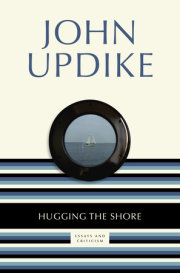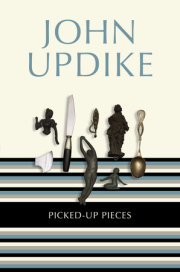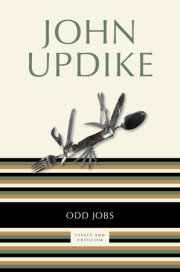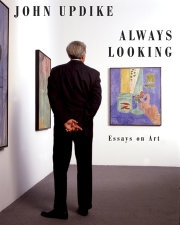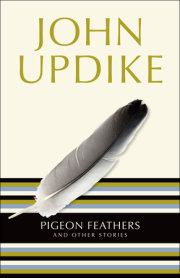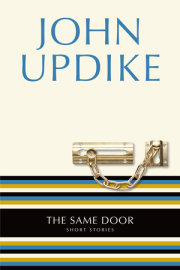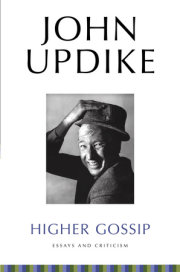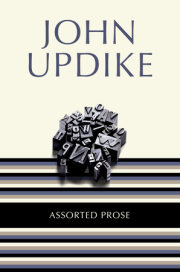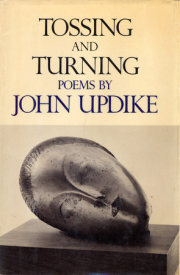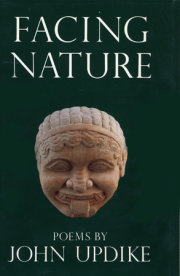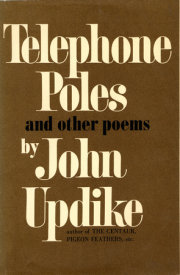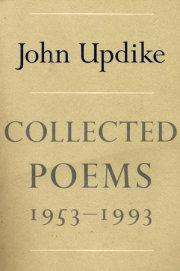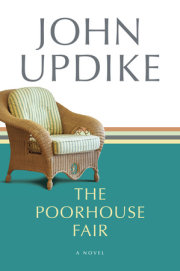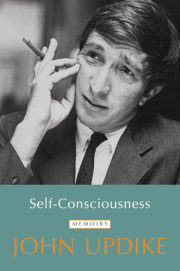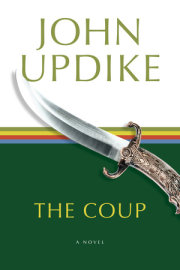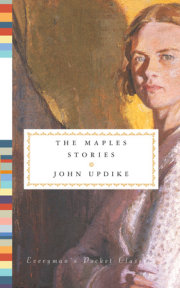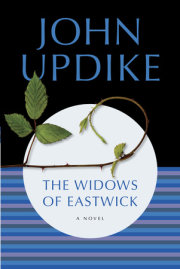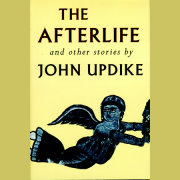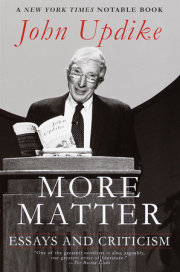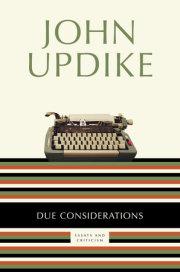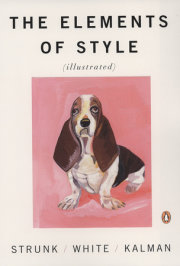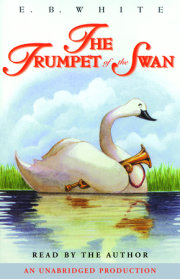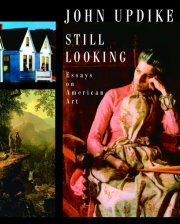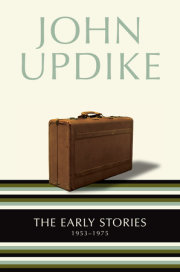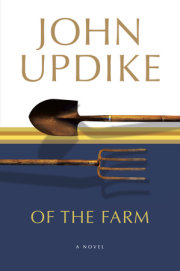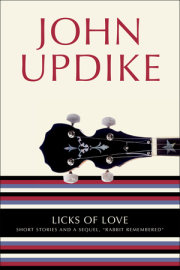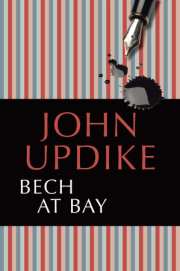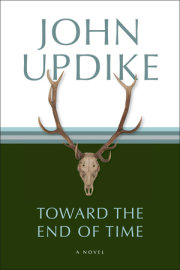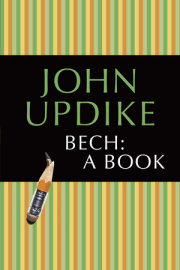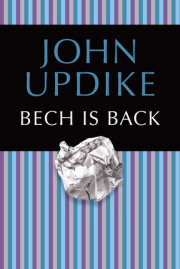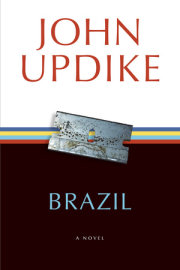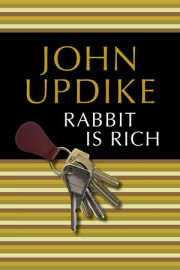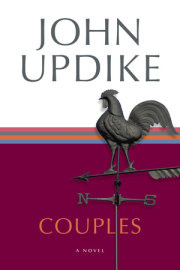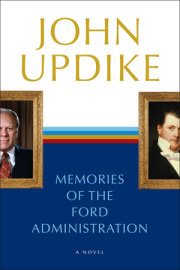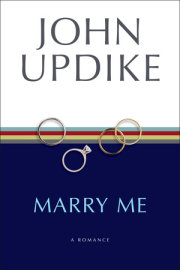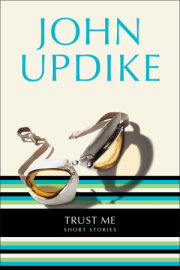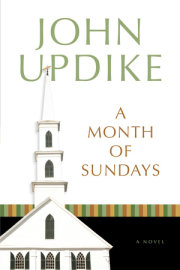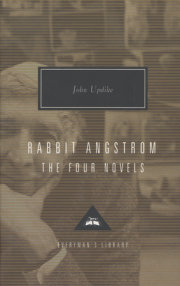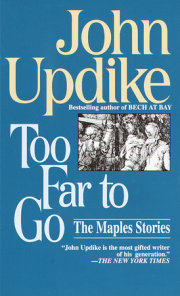Chapter 1
ROBERT BENCHLEY
"UP THE DARK STAIRS-"
Among the major menaces to American journalism today (and there are so many that it hardly seems worth while even beginning this little article) is the O. Henry-Irvin Cobb tradition. According to this pretty belief, every reporter is potentially master of the short-story, and because of it we find Human Interest raising its ugly head in seven out of every eight news columns and a Human Document being turned out every time Henry H. Mackle of 1356 Grand Boulevard finds a robin or Mrs. Rasher Feiman of 425 West Forty-ninth Street attacks the scissors grinder.
Copy readers in the old days used to insist that all the facts in the story be bunched together in the opening paragraph. This never made for a very moving chronicle, but at least you got the idea of what was going on. Under the new system, where every reporter has his eye on George Horace Lorimer, you first establish your atmosphere, then shake a pair of doves out of the handkerchief, round off your lead with a couple of bars from a Chopin étude, and finally, in the next to last paragraph, divulge the names and addresses and what it was that happened.
A story which, under the old canons of journalism, would have read as follows:
"Mary J. Markezan, of 1278 Ocean Parkway, was found early this morning by Officer Charles Norbey of the Third Precinct in a fainting condition from lack of gin, etc."
now appeals to our hearts and literary sensibilities as follows:
"Up the dark stairs in a shabby house on Ocean Parkway plodded a bent, weary figure. An aroma of cooking cabbage filled the hall. Somebody's mother was coming home. Somebody's mother was bringing in an arm-full of wood for the meagre fire at 1857 Ocean Parkway. Soon the tired form would be at the top of the shadowy stairs. But Fate, in the person of Officer Norbey, was present, etc."
A fine bit of imaginative writing, satisfying everybody except the reader who wants to know what happened at 1857 Ocean Parkway.
Most of the trouble began about ten years ago when the Columbia School of Journalism began unloading its graduates on what was then the N. Y. Tribune (retaining the best features of neither). Every one of the boys had the O. Henry light in his eyes, and before long the market report was the only thing in the paper that didn't lead off with "Up the dark stairs at-"
Fine writing in news stories was actually encouraged by the management and daily prizes were offered for the best concealed facts. The writer of this article (Robert Benchley) was a reporter at the time-"the worst reporter in New York City" the editors affectionately called him-and one day he won the prize with a couple of sticks on the funeral of Ada Rehan. This story consisted of two paragraphs of sentimental contemplation of old-time English comedy with a bitterly satirical comparison with modern movie comedy, and a short paragraph at the end saying that Ada Rehan was buried yesterday. Unfortunately the exigencies of make-up necessitated the cutting of the last paragraph; so the readers of the Tribune the next morning never did find out what had inspired this really beautiful tribute to somebody.
From the Tribune the scourge of fine news writing has spread to all the other papers with the exception of the Times. Your Monday morning copy of the World reads like something you find on the table by the guest room bed-"Twenty Tales of Danger and Daring" or "My Favorite Ghost Story: An Anthology". The news of the day is dished up like the Comédie Humaine with leads running from: "Up the dark stairs at-" to "This is the story of a little boy who lost his kitty." A picture of the City Room of the World, by one who has never been there, would disclose a dozen or so nervous word artists, each sitting in a cubicle furnished to represent an attic, sipping at black coffee, with now and then a dab of cocaine, writing and tearing up, writing and tearing up, pacing back and forth in what the French call (in French) le travail du style. There must be a little hidden music, too, to make the boys write as they do. One feels that back copies of the World should be bound and saved for perusal on rainy days when the volumes of "Harpers Round Table" have begun to pall.
Soon it will creep into the foreign dispatches, hitherto held somewhat in check by cable rates. From a debt conference in London we may have something like this:
"Up the dark stairs at 17 Downing Street trudged a tired figure in a silk hat. Under his arm he carried a brief case. Outside, the unheeding swirl of London swept by, but in the heart of the tired man there was peace. Austen Chamberlain had brought to a conclusion the negotiations for the day."
Or:
"The twilight falls quickly on the left bank of the Seine, and yesterday it fell even more quickly than usual. At a table on the sidewalk of a little café on Montparnasse, a pale man sat figuring on the back of an envelope. Not a man that you would look at a second time, perhaps, but, as Kipling says, that is another story. This man was Jules Delatour and he ran a little shop on the Boulevard Raspail. And Jules Delatour was sad last evening as the quick twilight fell over Montparnasse. For yesterday the franc dropped again, to twenty-six to the dollar."
When this has happened, we can have newstickers installed in our homes and let the newspapers give themselves over entirely to the belles lettres.
1925
AUTHOR UNKNOWN
A MARQUISE AT HOME
Gloria swanson is back with her titled husband, the Marquis de la Falaise de la Coudraie. A day or so after her arrival, she journeyed over to the Famous Players' Astoria studio, accompanied, of course, by the marquis. The reception was a touching one.
Attracted by advance announcements, a large crowd had gathered in front of the studio. The whole studio force was assembled on the steps and four policemen struggled to keep a lane open for Gloria's car.
Suddenly the cry went up, "Here she is!" The crowd surged forward, the quartet of police officers labored with might and main, and a smart foreign car slipped up to the steps.
Out stepped a dapper chap. "The marquis!" gasped the assembled stenographers in one breath. News cameras clicked. Cheers shook the studio. Bushels of confetti were tossed into midair.
When the air cleared it developed that the dapper chap was James R. Quirk, editor of Photoplay.
When Gloria and the marquis did appear a few seconds later, it was an anti-climax. Still, it was prettily done. The marquis looked pleasantly democratic, Gloria burst into tears and everyone cheered all over again.
The marquis is tall, smartly garbed and speaks excellent English.
There is, as was inevitable, a little story of the trip over from Paris. Gloria and the marquis had been pursued daily by curious passengers and finally the star decided to grace a ship's concert. Ranged alongside were some friends of the old lady in Dubuque. Gloria's nose tilted a bit in midair.
The marquis leaned close to his stellar wife. "Don't be a snob, Gloria," he said.
1925
BILL CORUM
THE KING'S PAJAMAS
They were pink and they positively set the exclusive social circles of Asheville and Biltmore, N.C., agog, for the pajamas in question belonged to King Babe Ruth himself.
In Asheville it was, as all the world knows now, that the King first swooned away. The fourth breakfast porterhouse and a rough train ride had upset His Majesty. Doctors were called. Consultations held. It was decided that the indisposed monarch must be sent home to New York. Then came the question of moving him from the hotel to the train. It was suggested that it might be better for His Majesty if he were carried out on a stretcher. The King was not adverse and, between pinochle hands, so expressed himself. A stretcher was ordered held until His Majesty should tire of cards.
But what of the royal raiment? The King had no pajamas. Being a democratic monarch he frowns on unwonted luxuries. A messenger was despatched to obtain the going out outfit, the King specifying that it must be pink. Search in every store in Asheville disclosed only one pair of pink pajamas in the city. They were size 42. The King measured a goodly 48. In the end the messenger had to take the small size. By discarding the trousers altogether and splitting the coat up the back, they were made to do, the King being cautioned to stay quiet on the stretcher.
1925
AUTHOR UNKNOWN
MIGHT HAVE BEEN-
Abie's irish rose" is three years old today, and one wonders how Mr. and Mrs. Augustus Pitou are celebrating the event.
Mr. Pitou, it should be remembered, is one of the best known and most experienced of theatrical managers. He has not, to be sure, been as well represented along Broadway with productions as have others, but he has for many years operated profitably and extensively in the hinterland, where they also pay real money at box-offices.
A little over three years ago, then, "Abie's Irish Rose" was in great distress. Despite a lengthy run on the Pacific Coast, the New York production had been icily received and most of the critics had been openly contemptuous of it. The show was in a bad way and it seemed likely that it would have to close.
Miss Anne Nichols, its author and producer, had never for one second lost faith in it. But you can not, under the Equity rules, pay off your cast in faith, and theatre owners have a way of wanting to be paid for the use of their property. What to do?
Miss Nichols sought out Mr. Pitou and offered to sell him a twenty-five per cent interest in "Abie's Irish Rose" for $5,000. Five thousand dollars, she calculated, would be enough to keep the play operating until its public found it in remunerative numbers. She herself had parted with her jewels, with everything she had, to keep the play going.
Mr. Pitou promised to look into the matter, and the following Saturday he attended a matinee of her production with Mrs. Pitou. He instantly recognized the cheap quality of the play, but Mr. Pitou is too experienced a manager to let his personal reaction interfere with his judgment of a box-office attraction. The audience, he could not help noticing, was wildly enthusiastic about it and howled its head off with glee at the slightest provocation. The lobby, at intermission time, was filled with people who were announcing that they could hardly wait to see Cousin Minnie and Uncle Abe to advise them by all means not to miss this great human document, this gorgeously comic play.
And so Mr. Pitou ventured the opinion that he might buy the twenty-five per cent interest for $5,000. Mrs. Pitou for some minutes thereafter seemed to believe that Mr. Pitou had suddenly gone mad. The play, she announced, was horrible and had not the ghost of a chance for success. Mr. Pitou, in her opinion, could do better by just taking $5,000 and lighting cigars with them.
Mrs. Pitou's opinion was echoed by Louis Cohn, the ticket broker, who further informed Mr. Pitou that he had not sold a single ticket for "Abie's Irish Rose" in three weeks. . . . Mr. Pitou then told Miss Nichols that he could not accept her offer.
Miss Nichols, in some way or other, managed to keep the show going until it had hit its stride. That stride, by now, would have returned Mr. Pitou well over $1,000,000 for his investment of $5,000. And one somehow imagines that Mr. and Mrs. Pitou have a good deal to talk about on such an occasion as the third birthday of "Abie's Irish Rose."
1925
AUTHOR UNKNOWN
CAL AND BELLES LETTRES
Mr. coolidge is, beyond denial, a bachelor of arts and, as such, eligible to be stamped "inspected and passed as educated" whenever the Congress gets around to creating a bureaucracy to supervise learning. But, one reflects, governmental standards are likely to be low.
At any rate, Mr. Coolidge, looking upon his standing with his countrymen, was led to reflect that it would not pain him too deeply if the nation held for its president a warmer feeling, which reflection he put into words while talking lately with one of the Washington newspaper correspondents.
The correspondent, wise man that he is, knew the observation for a presidential hint that suggestions were in order.
"Why not recognize the arts, Mr. President?" he proposed. "You have had leaders of almost every other line of endeavor for breakfast in the White House; why not invite some of the leaders in one of the arts-some poets, perhaps?"
"Who are the leading poets?" came from Calvin, after the customary silent interval.
"Oh, Edward Arlington Robinson, Carl Sandburg, Robert Frost, Edna St. Vincent Millay, Edgar Lee Masters, Elinor Wylie," Mr. Sullivan tossed off.
The President considered this.
"When I was in College," he observed, presently, "there was a man named Smith-who wrote verse."
Copyright © 2001 by Edited by Lillian Ross. All rights reserved. No part of this excerpt may be reproduced or reprinted without permission in writing from the publisher.






